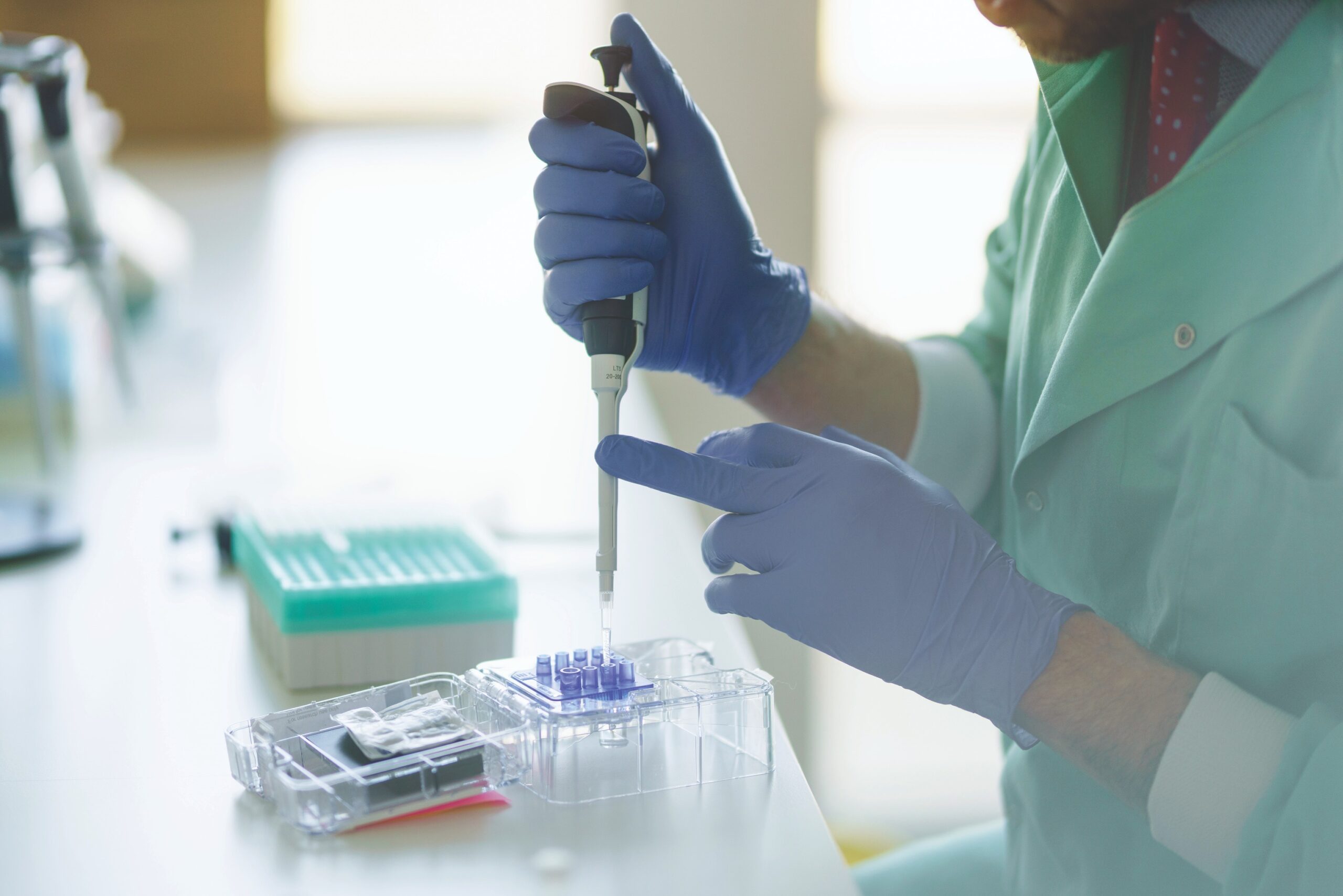How we’ll get the big bang in UK science and innovation
There’s a Big Bang theory to economic growth, which goes much like the one denoting the origins of our universe. For tiny particles clustering together, take university spinouts. As they form into startups (atoms), eventually that concentration, over time, creates something far bigger, at a scale that was once unimaginable (stars and galaxies).
In the context of business, Michael E. Porter, Professor at Harvard Business School described clusters as “geographic concentrations of interconnected companies and institutions in a particular field…” It inspired Joel S. Marcus to start Alexandria Real Estate almost 30 years ago. Alexandria is the developer behind some of the most well-known innovation districts, including Boston, San Francisco, The Research Triangle (NC). It was also the first developer to focus on a life science real estate niche. The innovation campuses for pharma and tech now see the company valued at more than $20 billion. Speaking to Forbes in 2020, Marcus said the “almost irreplaceable” elements that have made Alexandria a success are Triple A locations with science, talent and deep pools of capital.
And it is borne out by the data. McKinsey’s February 2023 report Building innovation ecosystems: Accelerating tech hub growth found that “innovation hubs generate attention and investment for a reason”. Since 1980, the US has seen annual productivity growth average 2.7% in its innovation industries – close to double the rate of all other sectors. Most export success is also derived from these industries (60%). An astounding 80% of patents emanate here and four-fifths of engineers work in the space, with above-average earnings and jobs created in the communities around them. In other words, the economic growth every nation craves.
If we are to see the UK’s science-based startups compete on a global scale and emulate Alexandria’s might, the concept of clusters plays a critical role in providing a thriving ecosystem for homegrown companies. The US has been leading in the number of spinouts created and the volume of unicorns grown out of the nation’s leading higher education institutions, but Cambridge (UK) has exceeded Boston with the number of students who have gone on to raise $10 million – with 505 compared to Boston’s 499. The talent in the UK is there, now we need the space to back it.
IT STARTS WITH A COMMERCIAL MINDSET
When it comes to spinouts, the US’ commercial mindset is the secret sauce, as well as the spinout-friendly environment that has been nurtured there. According to Air Street Capital’s Spinout.fyi database, US universities ask for 5.9% equity on average, compared to the UK’s demand of 19.8%.
The UK already holds the ingredients to emulate the might of the US – Oxford and Cambridge are home to two of the world’s finest universities, with best-in-class talent and spinouts. The UK also has an established cluster ecosystem across the country, with the historic Harwell Campus at the epicentre – a 700-acre science and technology hub where commercial organisations in space, energy, life sciences and quantum technology sit side-by-side with 16 national big science institutions. Here, industry leaders and academics work directly alongside investors and entrepreneurs to tackle the world’s biggest challenges, in collaboration and across sectors.
The demand for lab space to hothouse innovation also shows no sign of slowing down – businesses are seeking 2.2 million sq ft of lab space in the “Golden Triangle” according to a recent report by Knight Frank. However, if the UK is to achieve the same success as the US, we need to increase our risk appetite to gain bigger rewards.
HYBRID FUNDING SOURCES
Too often, we see groundbreaking ideas fall to the wayside because of lack of capital to scale up. 5 in 10 scaleups say that they lack the capital to meet their growth needs, running the risk of falling into the ‘Valley of Death’.
Founders also find that the majority of their funding is sourced from overseas, where investors have a healthier appetite for risk. US investors are willing to bet on risky startups, and overseas pension schemes, like those in Canada, give more than 40% of their allocations to alternative assets. The ‘Mansion House Reforms’, where a voluntary agreement among some of the UK’s biggest pension companies was made to invest 5% of their funds into fast-growth, high-risk companies and the investors behind them, was set in motion. This is a step in the right direction, but a more targeted approach to life science investment is needed if we are to support as many life science startups as the US.
The announcement of government funding such as the recent £650 million ‘Life Sci for Growth’ package, and the aforementioned £370 million investment in innovation, infrastructure, and skills is welcomed. However, it’s not just public sector money that will put the UK in a stronger position. Targeted private sector investment can work to springboard government funding, and provide infrastructure at an accelerated rate. This is already happening at Harwell, where it was recently announced that Diamond Light Source, the UK’s national synchrotron science facility, will be upgraded and expanded following a £519 million investment from the UK government. The government funding for the UK’s version of the Large Hadron Collider – which works like a giant microscope for scientists to study anything from fossils to viruses and vaccines, will be used to upgrade and expand the facility. Such investment is fast-tracking not just infrastructure, but innovation.
CLUSTERS BEYOND THE NORM
One crucial aspect of Alexandria’s success lies in its location, through being based in knowledge-intensive areas renowned for university talent, around which clusters naturally form. We’ve also seen this in the UK’s Golden Triangle, which is unsurprisingly a hub of innovation activity. However, as life sciences become increasingly integral to the UK’s future goals, we are seeing new hubs develop and mature in other high potential locations across the north, in places like Greater Manchester, Glasgow, and the West Midlands. We must continue to nurture these unique ecosystems, nurture the geo-based specialisms in different scientific fields, and develop the physical environments for them to flourish. As with the Big Bang Theory, the connections between atoms (startups), creates a burst of energy and innovation.
It is why at Advanced Research Clusters (ARC) we have purposely secured more than 6 million sq. ft. of land within the Golden Triangle to develop into flexible laboratory and workspaces for the world’s most inspiring scientists and inventors. The success of Alexandria cannot be ignored, and we’re creating a critical mass of scientific talent in clusters, intent on giving founders and investors the platform and right ecosystem to solve the world’s most pressing challenges. And we’re not alone. It’s on these clusters that the Government, private sector, and academia should focus their efforts, to further encourage the growth of a productive and innovative science and technology sector. Founders cannot be successful in siloes. To be truly successful, there must be active investment and a commercial mindset from investors and universities. We know the theory – now we need the big bang.



